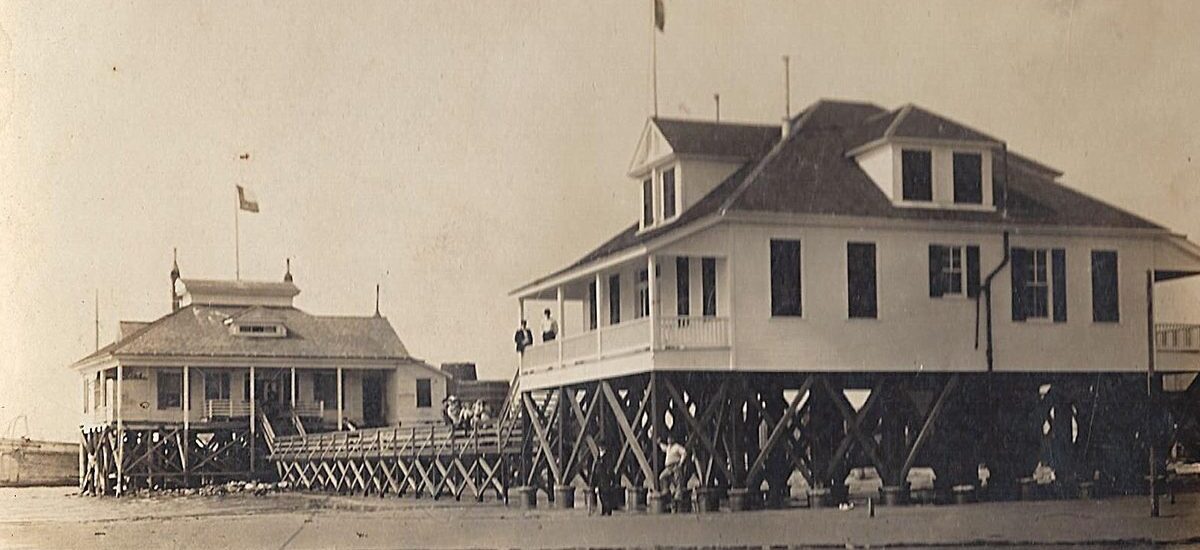Welcome to the Galveston Quarantine Stations, a location steeped in rich history and crucial to the health and safety of thousands who passed through its gates. This site played a vital role in the late 19th and early 20th centuries, serving as the frontline defense against infectious diseases entering the United States.
The story of the Galveston Quarantine Stations begins in the late 1800s. Galveston, with its bustling port, was a key entry point for immigrants and goods. However, this also meant it was vulnerable to the spread of infectious diseases like yellow fever and cholera, which could devastate populations. In response, the quarantine stations were established to inspect and, if necessary, isolate ships and their passengers suspected of carrying contagious diseases.
One of the notable figures associated with the station was Dr. Joseph Y. Porter, Florida’s first state health officer, who consulted on quarantine practices. His work was instrumental in shaping public health policies that are still in use today.
As you walk through the area, imagine the hustle and bustle of the quarantine process: ships arriving from distant lands, the watchful eyes of doctors and health officers, and the anxious passengers hoping for a clean bill of health. The stations were equipped with facilities to disinfect and decontaminate both people and goods, a testament to the rigorous efforts to protect public health.
Through the years, the Galveston Quarantine Stations evolved with advancements in medical science and changes in immigration policy. During World War I, the stations played a critical role in the war effort by ensuring that troops remained healthy before deployment.
Today, while the stations no longer operate as they once did, their legacy continues in modern public health practices and the stories of those who passed through their gates. The site stands as a reminder of a time when the battle against disease was fought on the docks and shores of our nation.
So, as you explore the history of this station, think about its significant impact on public health and its role in shaping the protocols we now consider standard. This site is not just a relic of the past, but a testament to the ongoing struggle against infectious diseases and the dedication of those who work to protect us.


